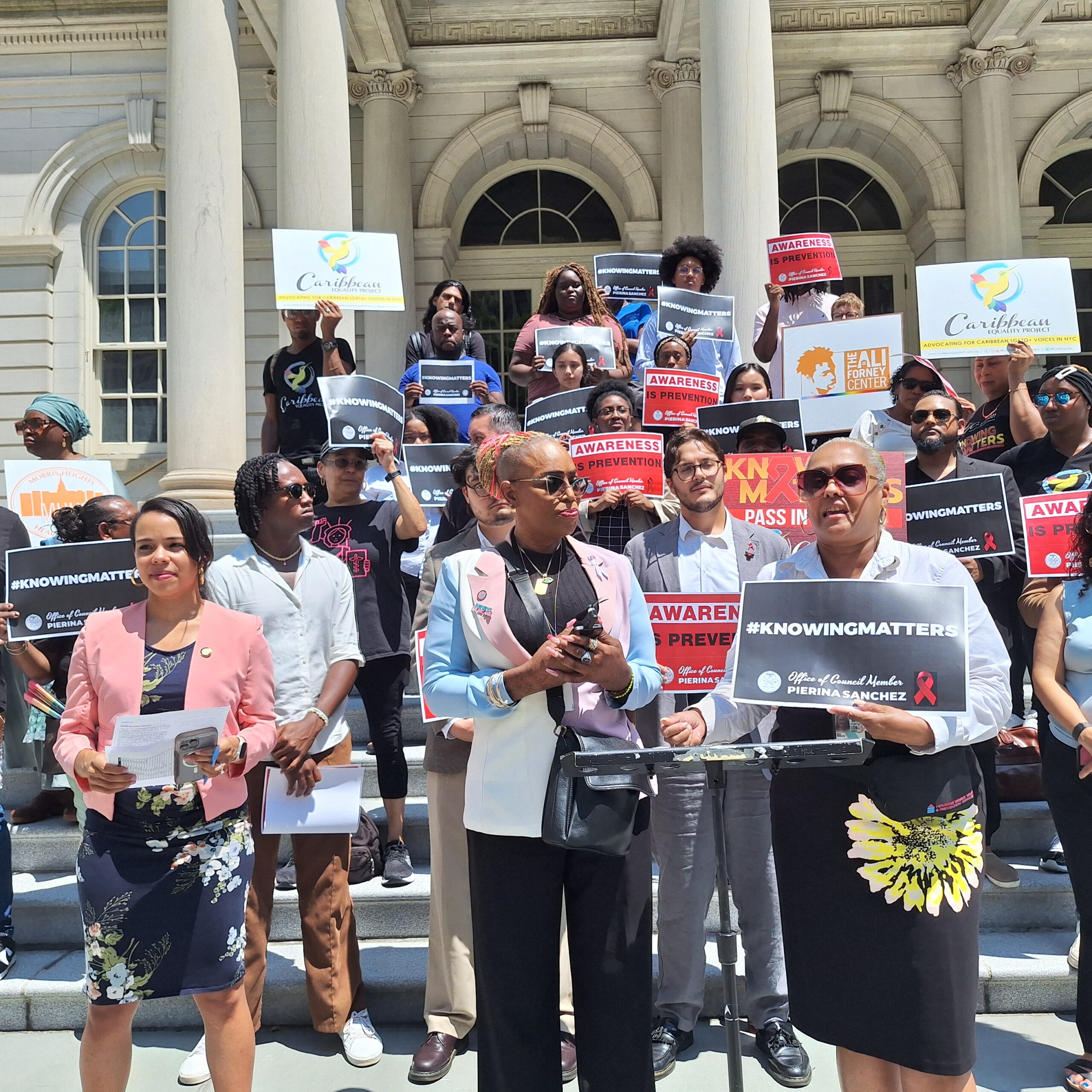The City Council this week approved legislation that would expand access to rapid testing for sexually transmitted infections (STIs) to poorer neighborhoods and neighborhoods of color across New York City.
The City Bill 435 mandate requires the City to locate sexual health clinics closer to communities in the Bronx, northern Brooklyn and Queens, a step toward overcoming “longstanding inequalities” that became all too apparent during the COVID-19 pandemic, as advocates describe it.
The plan implies that between 2025 and 2026 these detention and care centres will already be available with a multi-million dollar investment.
Rapid testing is currently only being done at two clinics, but the law will require the City to double the number of sites over the next three years.
The main sponsor of this legislation, Councilwoman Pierina Sánchez, recalled that there are “brutal” inequalities in the country and in the Big Apple, between Latino and African-American people, in access to information and tests, whose results can be known on the same day.
Sánchez said that black-African Americans and Hispanic-Latinos accounted for more than 80% of new HIV infections in 2022. The Bronx has the highest rate of HIV infection and death in the 62 counties of New York State, also leads the way in positive cases of chlamydia and is in second place for the most gonorrhea infections in the five counties.
“One might think that Hispanics and blacks are more affected by sexually transmitted diseases right now, because they do not take care of themselves or are more unaware. That is not true. Studies show that they do take care of themselves. But they do not have equal access to preventive and treatment policies,” said the legislator of Dominican origin.
The New York City Department of Health (DOHMH) would also be required to conduct an educational campaign to inform communities about the locations and availability of rapid testing services, and to report to the Council annually for 3 years on the availability of rapid testing services citywide.
More gonorrhea and chlamydia
The councilwoman, based on official tabulations, points out that rates of gonorrhea and chlamydia increased throughout the city, but overall infection rates for both STIs disproportionately affected people living in high-poverty neighborhoods.
“Today we are telling all New Yorkers, including immigrants and newcomers, that your health and access to care matters. Together, we are sending a powerful message that your neighborhood, immigration status, socioeconomic background, race, sexual orientation, gender identity, and sex should not be barriers to health services. Knowing your STI and HIV status is important, and it starts with getting tested,” said Mohamed Q. Amin, Executive Director of the Caribbean Equality Project.
There are more than 23,000 people living with HIV in the Bronx alone. This translates to a rate more than three times higher than the overall rate in New York State, and the highest within the city, with rates double those of Brooklyn, Queens and Staten Island.
In 2022, Salsa County also had the highest number of HIV/AIDS deaths in the Big Apple. These trends are especially alarming, among non-Hispanic Black residents who are diagnosed with HIV, almost twice as many as their Hispanic neighbors and more than twice as many as their white neighbors. And they experience the majority of HIV/AIDS deaths in that county.

For his part, Anthony Feliciano, Vice President of Advocacy at Housing Works, points out that despite providing more than 3,000 rapid HIV tests at 12 sites in New York City, it is not enough.
“Official reports from the New York City Department of Health from 2022 show that there is still much work to be done to combat stigma. The COVID-19 pandemic worsened access to preventive health services, particularly sexual health care. Rapid testing is crucial, but we must ensure that it reaches the most marginalized communities,” she concluded.
Great imbalance:
- 84% of new HIV diagnoses among women and 83% of new HIV infections among men were among Black or Hispanic/Latino people in New York City, according to official estimates from health officials.
- The rate of syphilis cases among Black men was 2.4 times higher than among white men in 2022.
